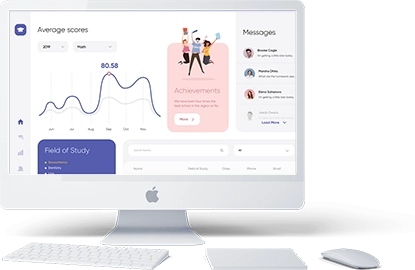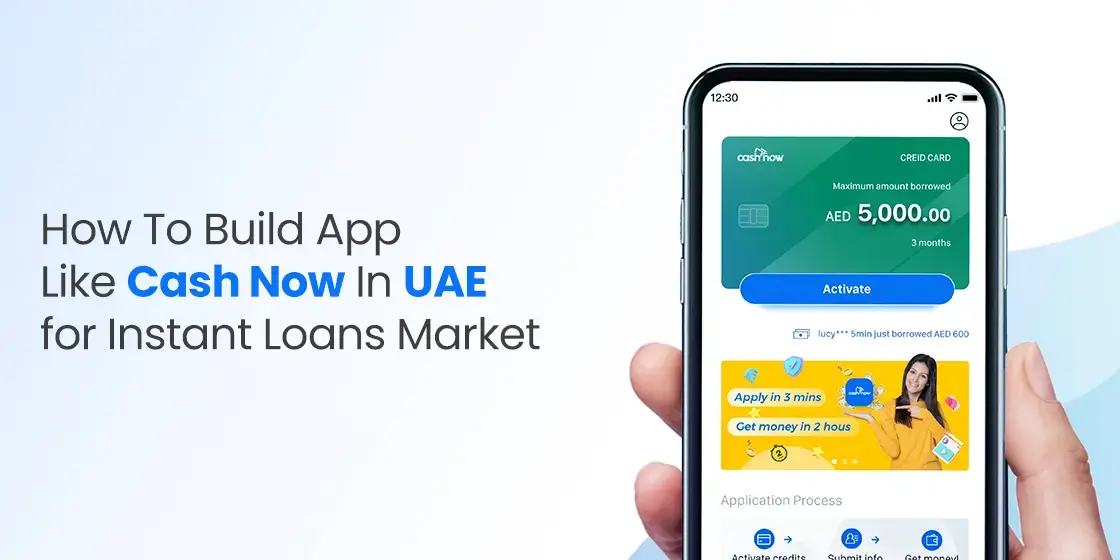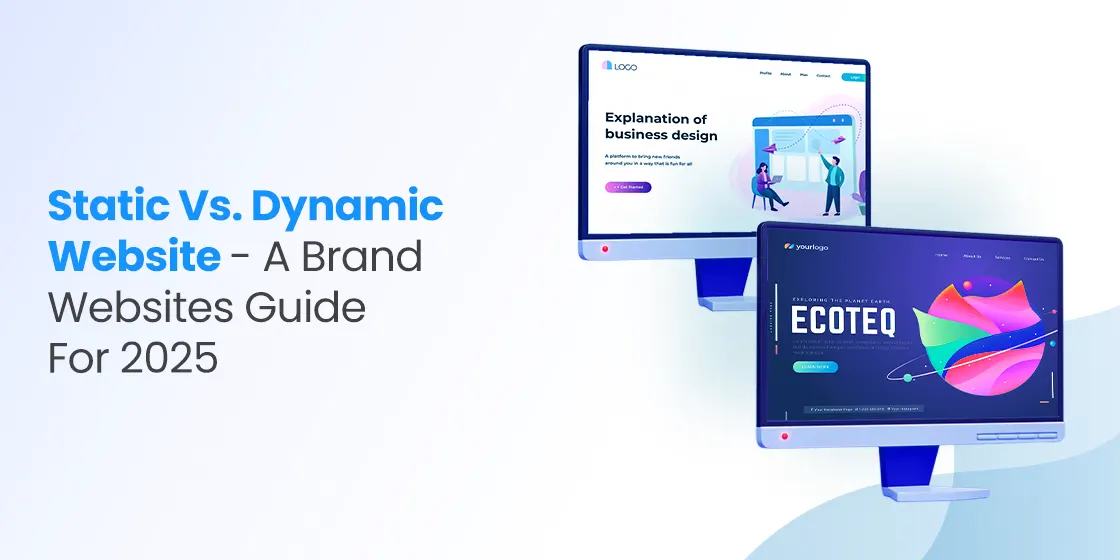Table of Content
Useful Tips Every Beginner Should Know to Build Social Media Websites
Social media apps have become an important part of our social lives. The demand of these apps has therefore seen a major rise in the recent times. This is also a key reason why companies are now actively looking for developers who can build such social media apps with advanced features. If you don’t know how to build a social media website from the scratch, this article will give you plenty of insights related to overall development.
Building a platform like Facebook or Instagram is certainly not easy as you usually think. It not only requires a vast technical knowledge, but also an understanding of the market fundamentals. This includes understanding of the users, as what type of platform they require and how it should be built as per their objectives. If you want to offer software development services, especially social media app development, you need to know these basics.
This article will help you to learn the concept of social media app development from start to finish. It will not go into the intricate development details, but will discuss all the phases that are involved in this process. Let’s start from the basics understanding why social media app development is becoming popular in the market.
Rising Demand of Social Media Website Development

The rising demand for social media app development is driven by the rapid growth of digital communication and the increasing reliance on mobile technology. With billions of active users worldwide, social media platforms have become essential tools for personal interaction. Businesses recognize the power of social media apps to engage with their audience, build brand loyalty, and drive sales. As user expectations continue to evolve, there is a growing need for feature-rich social media applications that cater to diverse demographics and preferences.
The shift towards mobile-first strategies has further amplified the demand for social media app development. Users are spending an increasing amount of time on their smartphones, accessing social media platforms for entertainment, and information. This behavior has prompted businesses to prioritize mobile-optimized social media apps that deliver real-time engagement and personalized content. Features like live streaming, and short videos have set new standards in app functionality, requiring developers to stay updated with emerging UAE tech trends.
Furthermore, the monetization potential of social media apps has fueled their development across industries. Platforms now serve as powerful advertising channels, offering targeted ad placements, and integrated e-commerce functionalities. Small businesses, startups, and large enterprises alike see social media apps as a cost-effective way to reach a global audience. Developers are tasked with building secure, scalable, and high-performance applications capable of handling vast amounts of user data while ensuring privacy and compliance with regulations.
How to Build a Social Media Website: Key Steps to Remember

To build a social media application, you need to follow a plan to cover various phases of development. Being a beginner, if you don’t know how to build a social media website using different tools and technologies, read the below given steps in detail. It is a perfect guide for those beginners who are looking to learn some initial concepts of social media website development.
Understand the Audience
Just like yoga app development, conducting a thorough market research before building a social media website is crucial to ensure its success and relevance in a competitive landscape. The first step involves identifying the target audience by analyzing demographics, interests, behaviors, and pain points. Understanding who the platform is meant for helps in tailoring features, design, and user experience to meet specific needs. Competitor analysis is equally important, as it provides insights into what works well, common pitfalls, and potential gaps in the market.
The second step focuses on validating the demand and feasibility of the project. Surveys, focus groups, and online polls are effective tools for gathering direct feedback from potential users about their preferences and expectations. Social listening tools can also be used to monitor conversations and sentiments around existing platforms, helping to identify unmet needs or frustrations. It’s essential to evaluate the monetization potential, considering revenue models such as advertising, subscriptions, or in-app purchases.
Create a Product Idea
Once the market analysis is complete, the next step is to craft a clear and comprehensive product vision by consolidating all the gathered insights. This involves defining the core objectives of your social media website and articulating how it will address the identified gaps in the market. Start by outlining the primary goals of the platform. Clearly identify your target audience, breaking it down into specific demographics, interests, and behaviors to ensure your platform aligns with their expectations.
In addition to defining goals and understanding your audience, it’s crucial to outline the key functionalities and features that will set your platform apart. Document the core components that will address users’ needs, such as intuitive navigation, personalized feeds, advanced privacy settings, or interactive multimedia sharing tools. A well-documented product vision serves as a foundational blueprint, guiding developers, designers, and stakeholders toward a cohesive and user-focused social media platform.
Select Tech Stack
Selecting the right tech stack for developing a social media website is a critical decision that directly impacts the platform’s performance. The first step is to clearly define the project requirements, including the expected user base, core features, and long-term scalability goals. For instance, if the platform is expected to handle real-time interactions such as messaging, live streaming, or notifications, technologies like Node.js for backend development and WebSocket protocols for real-time communication are essential.
Equally important is considering non-functional requirements such as security, performance optimization, and ease of maintenance. Social media platforms store and process vast amounts of user data, making security measures non-negotiable. Cloud services like AWS, Google Cloud, or Microsoft Azure provide scalable hosting solutions, enabling platforms to manage traffic spikes efficiently. For mobile responsiveness, developers should choose web development frameworks that could ensure seamless cross-platform compatibility.
Execute Development Plan
Once you have established a clear product vision, defined requirements, and selected an appropriate tech stack, you are ready to move on to the final phase of the project: developing a comprehensive implementation plan and initiating the development process. This stage serves as the bridge between conceptual planning and practical execution, ensuring that the team has a structured roadmap to follow. A well-crafted implementation plan provides clarity on how the project will progress in the final stage.
When creating an implementation plan, it’s important to prioritize functionalities based on their significance and dependencies. Start by identifying the core features that are essential for the initial release or MVP (Minimum Viable Product). Break down these features into smaller, manageable tasks to create a detailed task list, which will act as a guide for day-to-day activities. Establish realistic timelines for each task and milestone, allowing for contingencies in case of unexpected delays.
Test the Website
After developing a social media website, running QA tests is a critical step to ensure the platform functions. The first phase involves planning and preparing comprehensive test scenarios that cover all aspects of the website, including functionality, performance, security, usability, and compatibility across various devices and browsers. Functional testing verifies that core features, such as user registration, login, content sharing, notifications, and privacy settings, work as intended.
Once the test plan is in place, the QA team executes these tests systematically. Manual testing allows QA engineers to simulate real user interactions, identifying issues that automated tools might overlook. Automated testing, on the other hand, accelerates the process by running repetitive tasks and regression tests efficiently. Any bugs, glitches, or inconsistencies discovered during the testing phase are documented, prioritized, and reported to the development team for resolution.
Frequently Asked Questions
| Why social media apps are becoming popular in the world? Social media apps are becoming popular because they enable instant global communication, content sharing, and networking. They also provide entertainment, real-time updates, and a platform for self-expression and business growth. |
| What is social media app development? Social media app development is the process of designing and building applications that enable users to create, share, and interact with communities online. It involves user-friendly interfaces, robust backend systems, and features like messaging, media sharing, and notifications. |
| What is the cost of social media website development? The cost of developing a social media website varies widely, ranging from $10,000 to $100,000, depending on the functionalities required. Custom features, scalability, and advanced technologies significantly influence the final cost of such websites. |
Final Words
That concludes our entire article in which we have discussed some useful tips to build a social media website. By following these points properly, you can build a quality social media website as per the latest standards. Though these tips do not go into the technicalities of development, but they clearly define the concepts with which you can manage all the phases. So, try to understand the above stated points properly, as that will let you know how to build a social media website righty according to the trends.

Empower your digital journey with StruqtIO - Your dedicated partner for cutting-edge custom software development, innovation, and digital transformative solutions. Harness the power of technology to elevate your business and redefine your digital landscape today.



